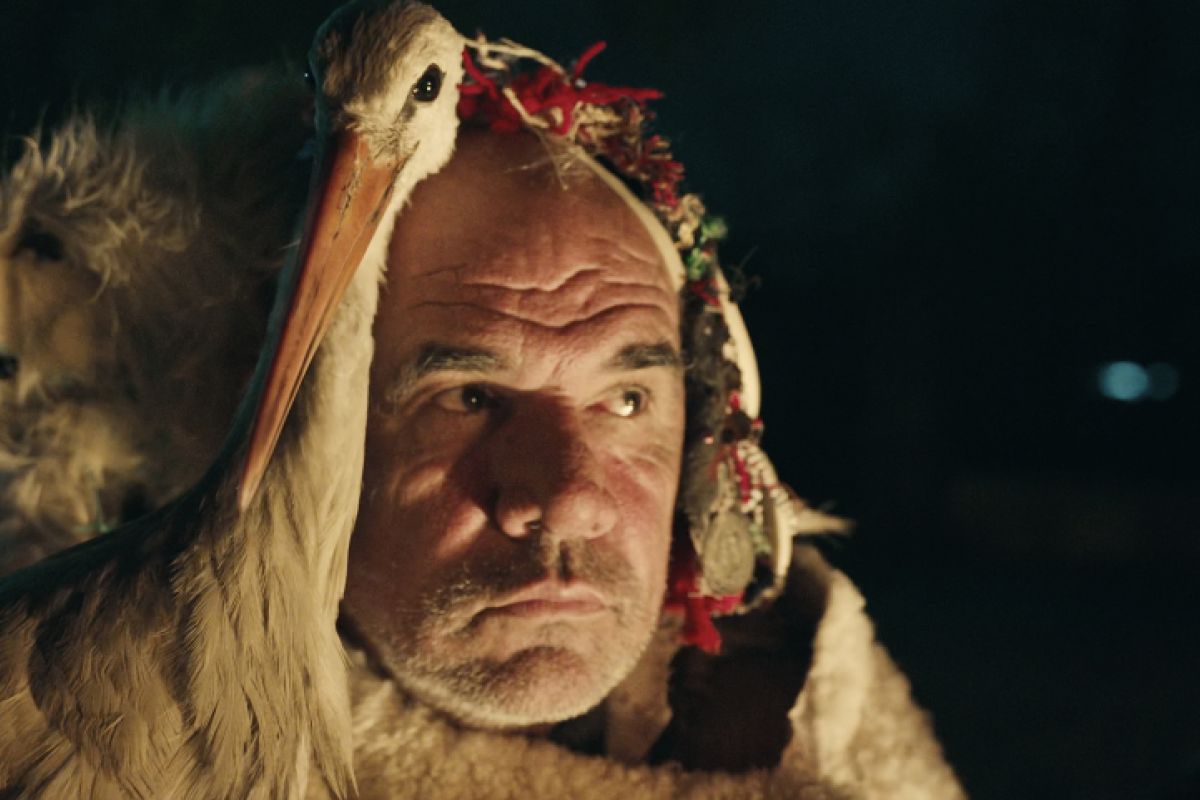
Phantom Offspring: The Spectral Child in Contemporary Cinema
The Spectral Child on Screen comes to HPPH this September.
Dr Lucy Arnold
Samara Morgan, Kyra Collins, Tomas Escobedo, Anne and Nicholas Stewart, Milo, Peter, Ted, Catherine and Emma, Natasha Rimsky.
What does this role call have in common? The observant among you may already have recognised this litany of little ones, but for those of us less well versed in the cinematic supernatural, I will add Casper to the list. Any closer? With the mention of the eponymous ‘friendly ghost’, it should become clear that all of these names belong to members of the host of child ghosts that have been populating our cinema screens for decades, with respectively terrifying, heartbreaking and, occasionally, comical effects. Furthermore, these phantom children function in ways which are related to but distinct from their monstrous, possessed or clairvoyant peers who we encounter in cinematic classics such as Rosemary’s Baby (1968), The Exorcist (1973), The Omen (1976), and most recently the Australian supernatural horror Talk to Me (2023).
But what has driven this proliferation of spectral children within cinematic culture? How do they function on our screens. What questions do they provoke and which debates do they contribute to?
Little Strangers? The Child as Inherently Uncanny
As theorist and cultural critic Kathryn Bond Stockton puts it:
‘‘What a child “is” is a darkening question. The question of the child makes us climb inside a cloud—“a shadowy spot on a field of light”—leading us, in moments, to cloudiness and ghostliness surrounding children as figures in time.’[1]
In a contemporary moment wherein the definition and socio-legal status of the child are both vexed and sources of profound cultural anxiety, pressurised by their invocation in discourses around immigration, citizenship, medical care and the climate emergency, the desire for a clear model of childhood and the children who occupy that state is palpable. Yet the impossibility of delineating such a model is everywhere in evidence.
In this context, it is clear that some of the spectral children we encounter on our screens are constructed to put pressure on conventional, nostalgic or sentimental conceptions of children and childhood. These are ghosts which are vengeful, violent, manipulative and dangerous, whose intentions towards the living characters who cross their paths are consistently subject to mistrust. These are children who tap into a fear that our offspring might consume us entirely, might take everything from us, including our sanity and our lives. Conversely, we might argue that the cinematic spectral child exists precisely to reinforce hegemonic understandings of childhood, through their stark contrast to the ‘innocent’ living children which frequently form counterpoints to these haunting offspring. Gore Verbinski’s The Ring (2002) – one of a clutch of US re-makes of Japanese horror films featuring vengeful ghost children – sees central antagonist Samara Morgan, whose malevolent psychic abilities drive her adoptive parents mad, set in contrast to the protagonist’s son, Aiden, who is to be protected at all costs. Likewise, the chorus of ghostly children who populate Sinister 2 function as the ultimate ‘bad influences’, corrupting the film’s living child protagonists with horrifying results.
Blame it on the Parents: The Spectral Child and The Threat of the Family
If the ghostly children who make contemporary cinema their playground work simultaneously to re-enforce a conventional understanding of the child as innocent, vulnerable and in need of adult protection, they just as frequently act as ciphers for parental cruelty, neglect or simply momentary failure of attention, undermining a neo-liberal reification of the nuclear family and the domestic space which had dominated the socio-political landscape in the UK and USA since the 1980s. In M. Night Shyamalan’s The Sixth Sense, the first ghost clairvoyant protagonist Cole is able to help is a young girl, Kyra Collins, murdered by her stepmother. Even loving parents can prove to be a source of risk, as Anne and Nicholas Stewart, the child protagonists of Alejandro Amenábar’s The Others discover. The Orphanage, J.A. Bayona’s supernatural gothic thriller, sees the spectral child at the centre of a narrative which, among other preoccupations, interrogates adoptive being and the complexities of non-consanguineal care giving. Frequently these phantoms come looking for parent-substitutes, capable of standing in for their own missing or inadequate families, as is the case in Walter Salles’ Dark Water (2005), whose protagonist, Dahlia Williams, sees herself stepping into the role of a loving mother to a spectral daughter in order to save the life of her own living child. Strikingly, Salles has the same child actor play the part of the ghostly daughter and of Dahlia as a young girl, a subtle reminder of the ways in which the adult subject is necessarily haunted by a childhood self, the quality of whose subjecthood is now unavailable to them to experience from anything other than an adult standpoint.
Thinking of the Children
Contemporary culture has for some decades interrogated the precarious nature of modern childhood, an interrogation which frequently registers a specific anxiety about the missing, displaced or otherwise ‘spectral’ child – the child who is, like a ghost, simultaneously absent and present. When we encounter the cinematic spectral child, we necessarily engage in a contemplation of their living child counterparts, and the ways in which the child is constructed culturally – spectral or otherwise – both dramatizes and shapes the ways in which real children are understood, positioned and treated within the societies in which they live. By bringing together screenings of films diverse in their historical and national contexts, but united in their complex deployment of the motif of the ghost child, ‘The Spectral Child on Screen’ film festival seeks to give audiences the opportunity to think in different ways about the figure of the child, culturally, socially and politically, grappling with their paradoxical vulnerability and menace, their evocation of taboos, traumas and lost futures.
[1] Kathryn Bond Stockton, The Queer Child, Or Growing Sideways in the Twentieth Century (Duke University Press, 2009), p. 2.
For The Spectral Child on Screen Film Festival, we're showing a double bill of The Changeling and The Devil's Backbone on Sunday 15 September and The Little Stranger on Saturday 21 September. Find out more & book tickets here.
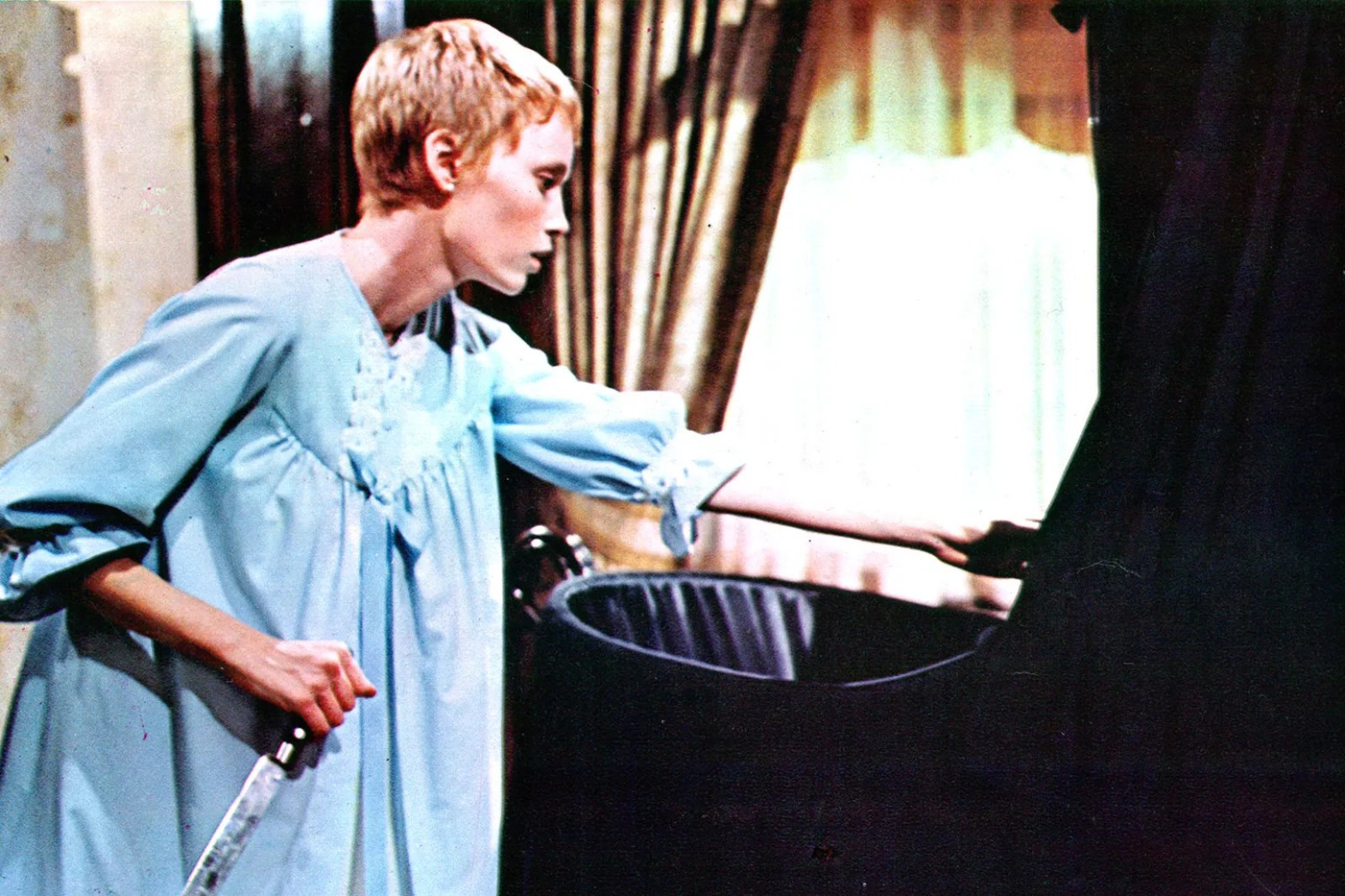
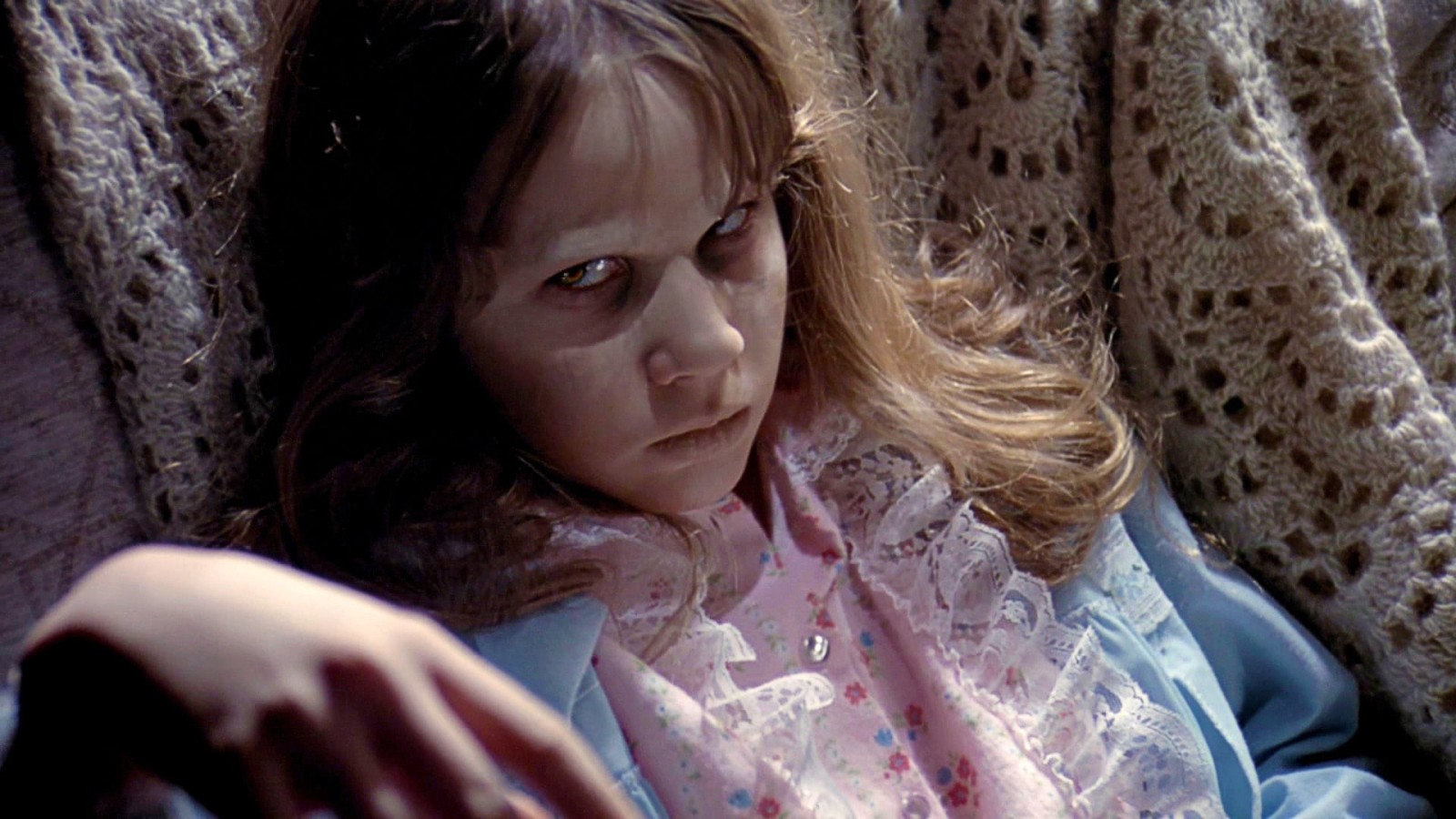
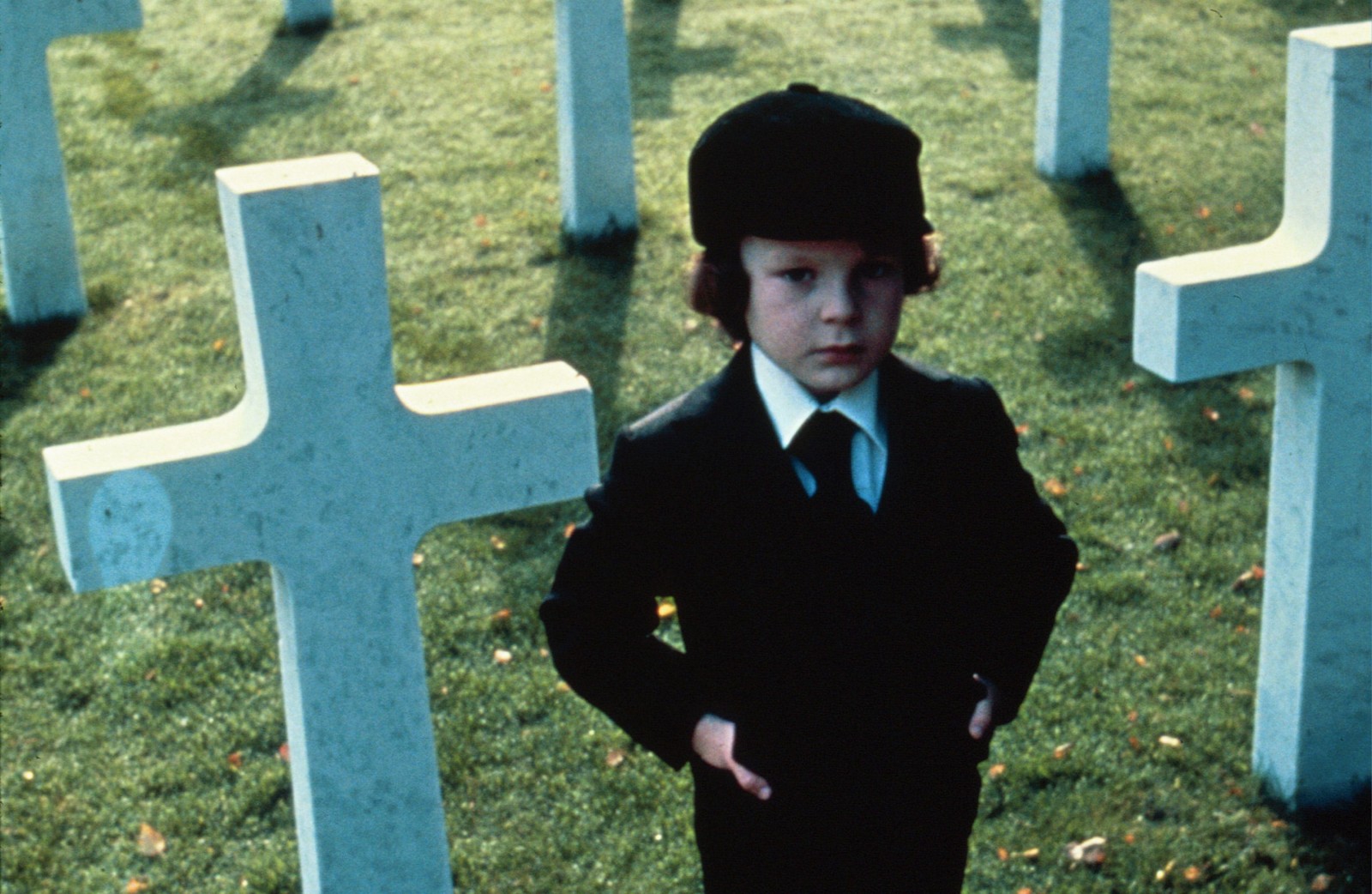
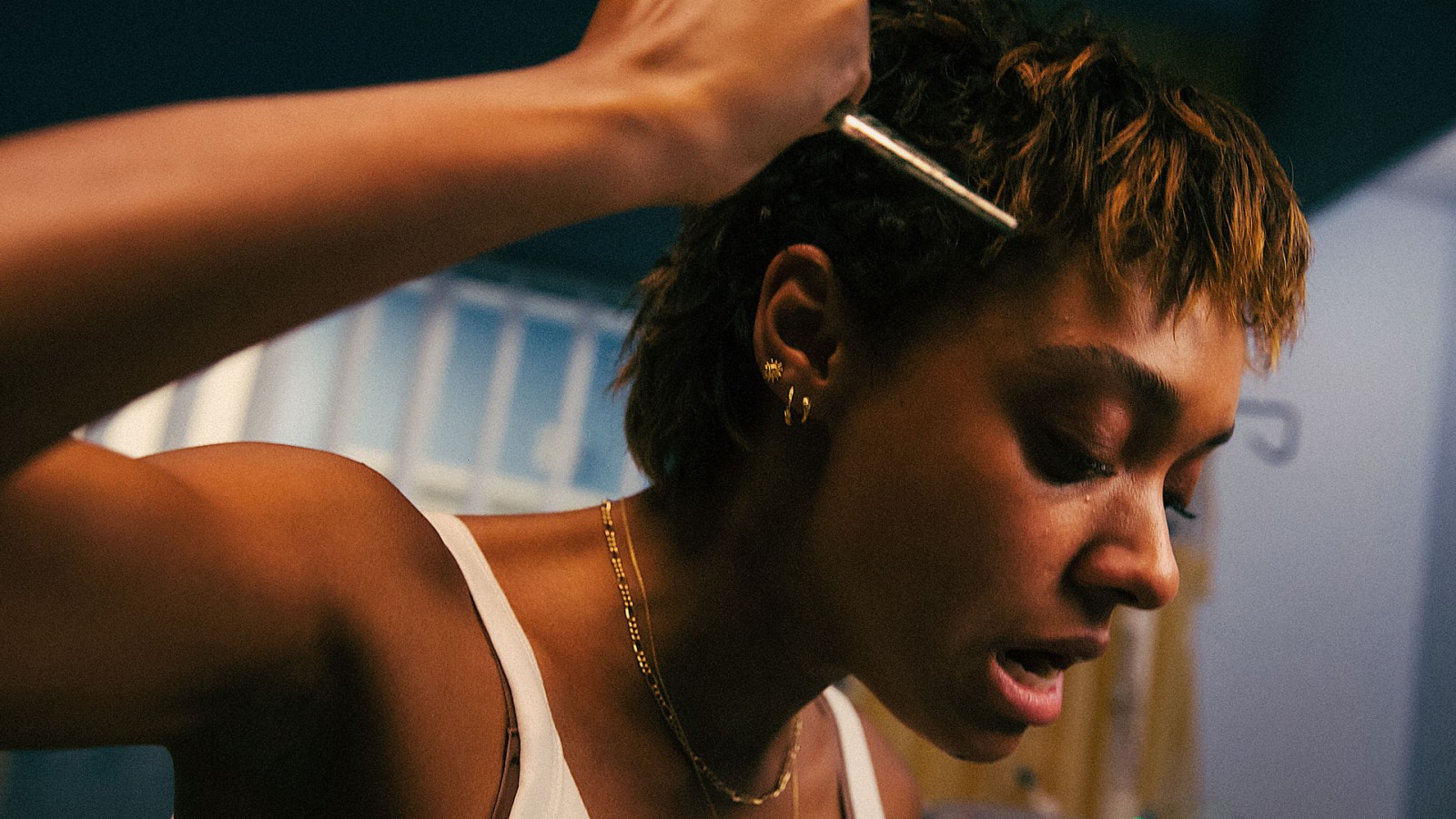
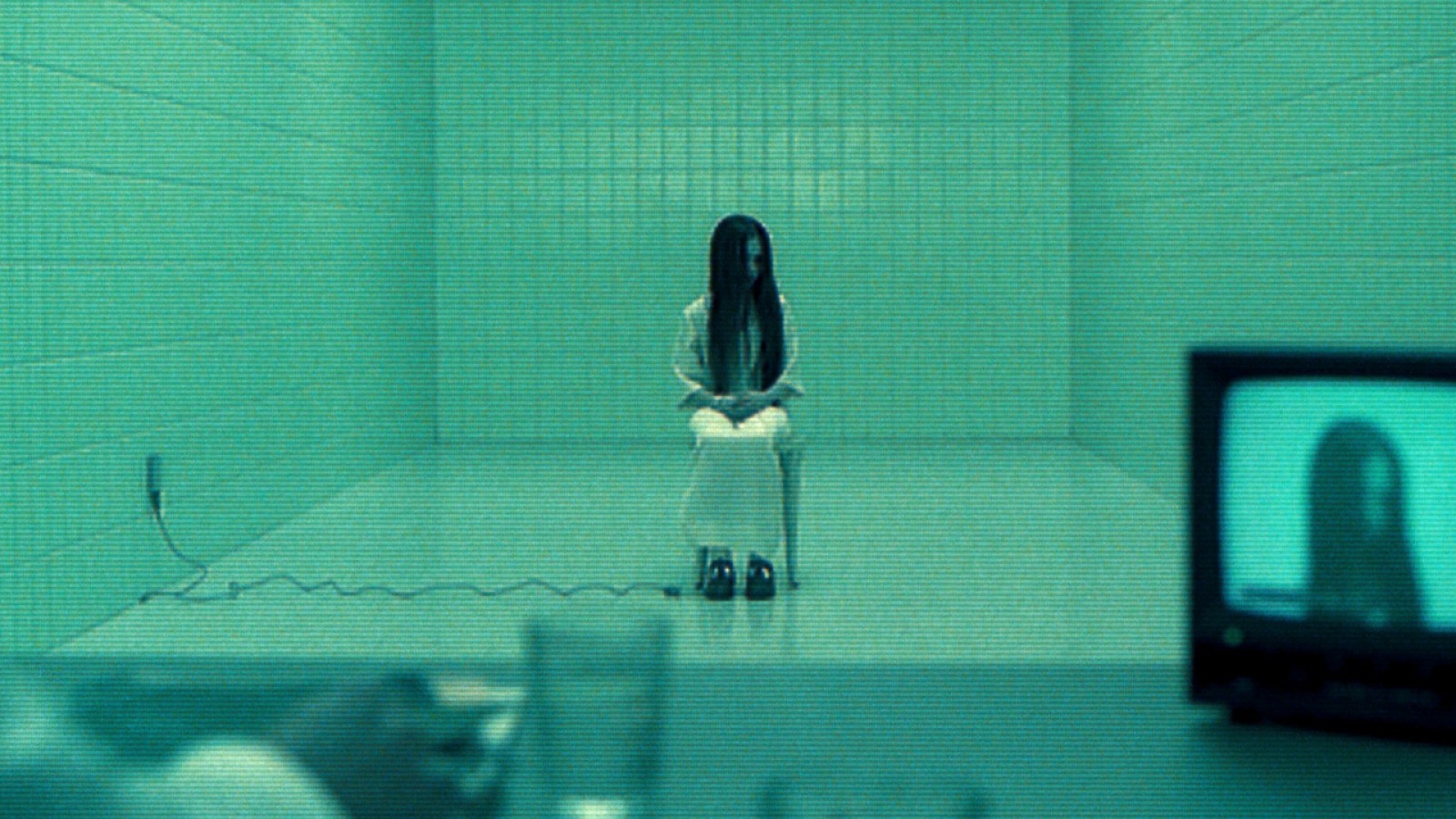
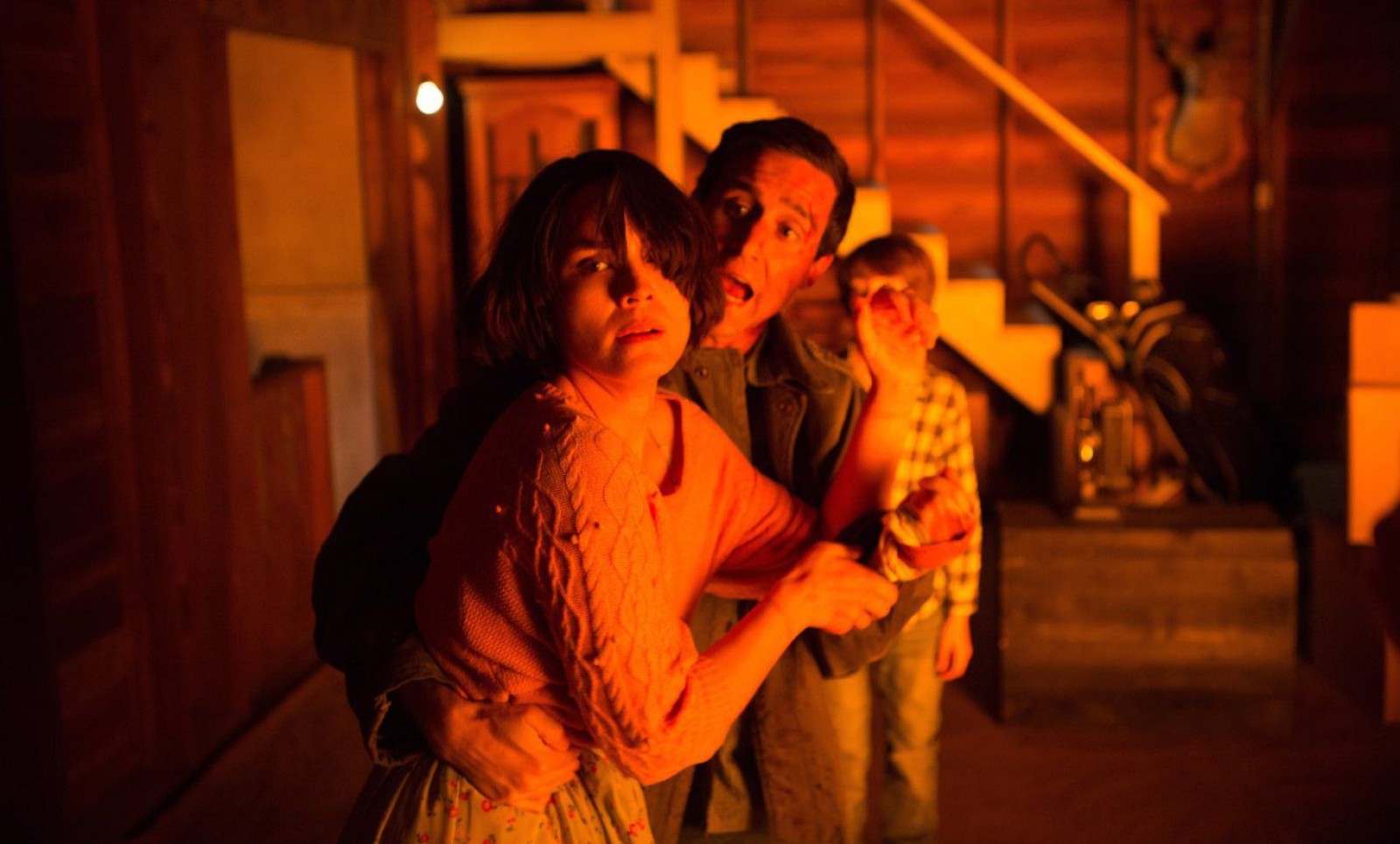
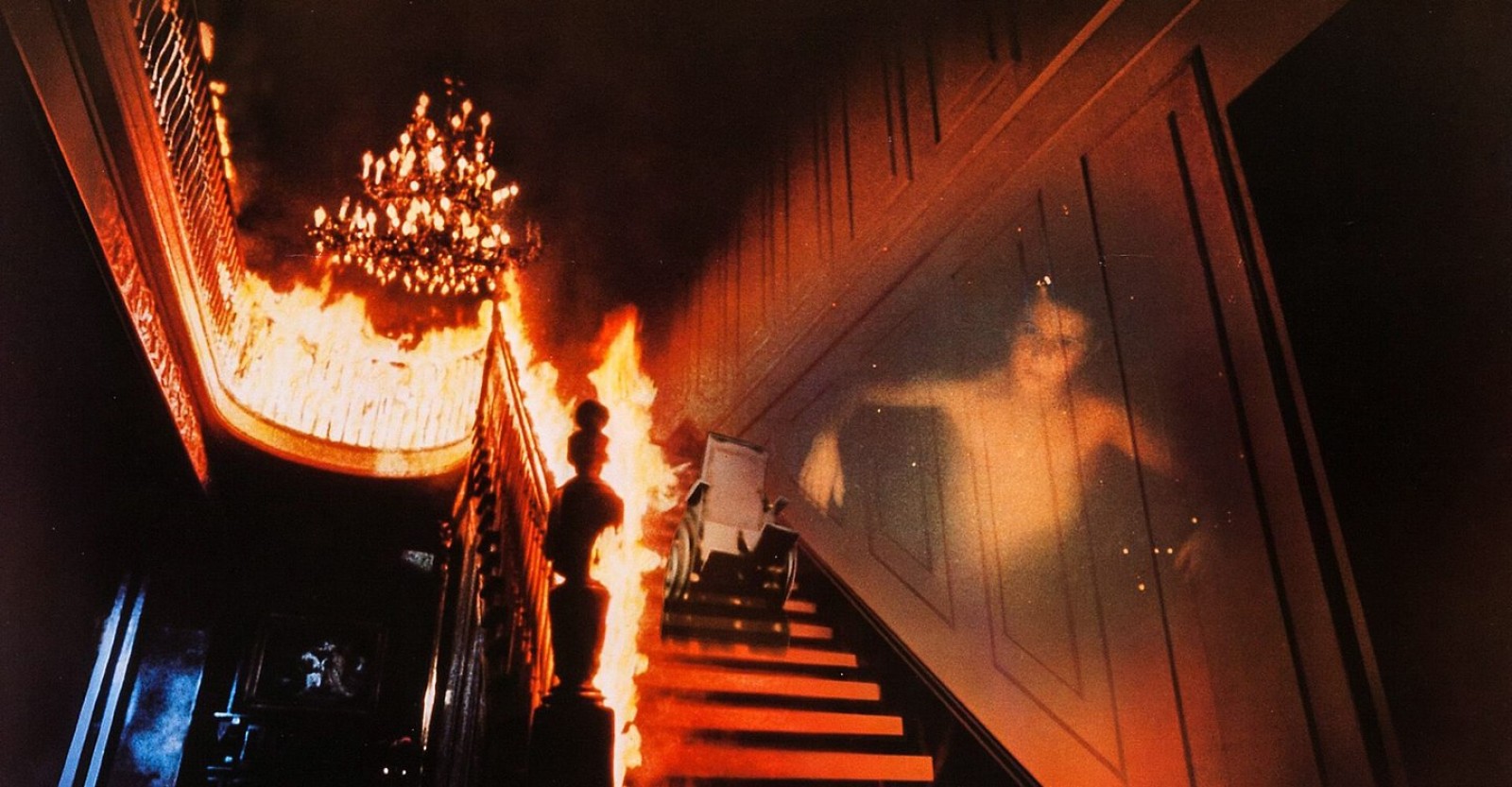
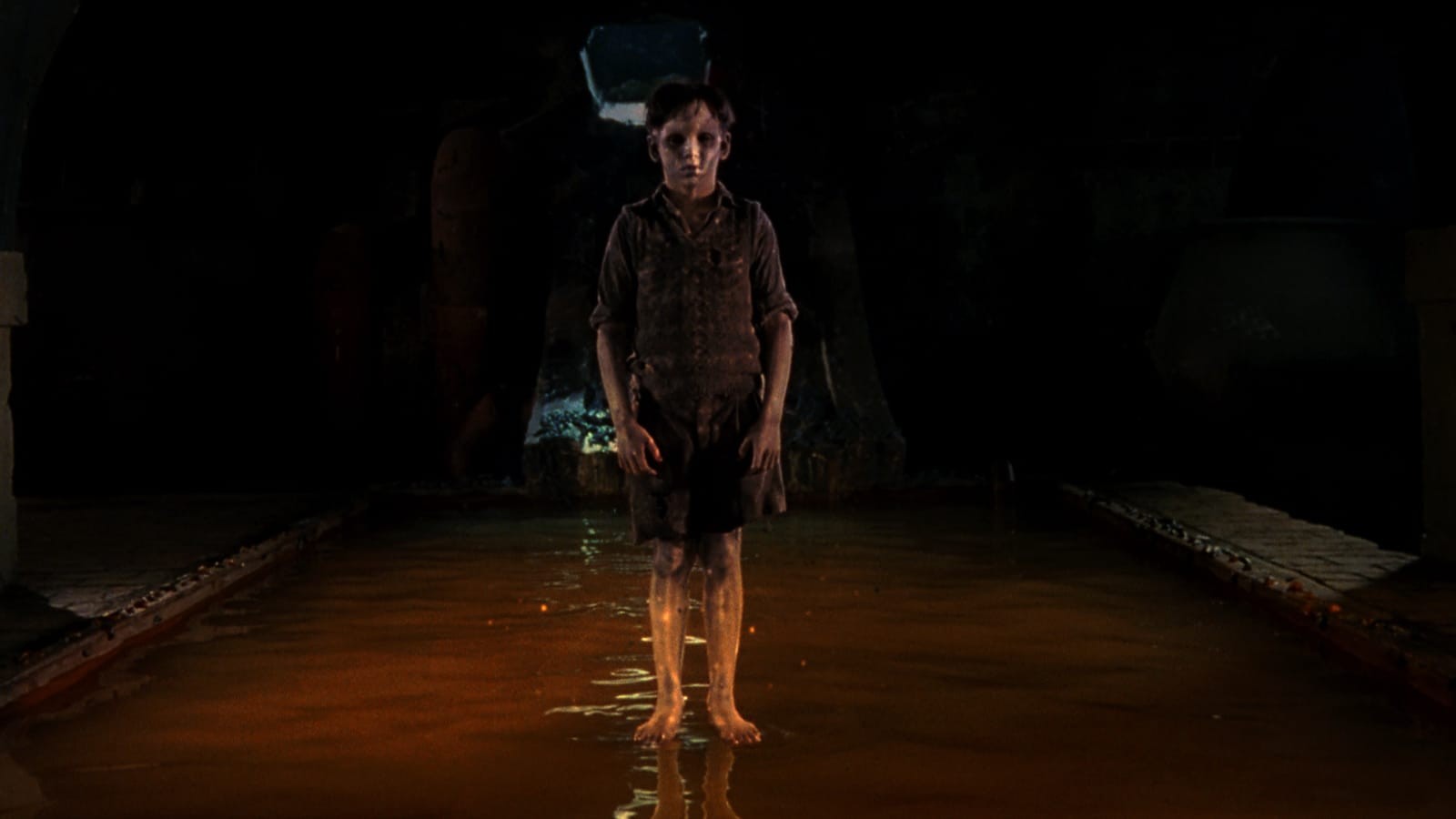

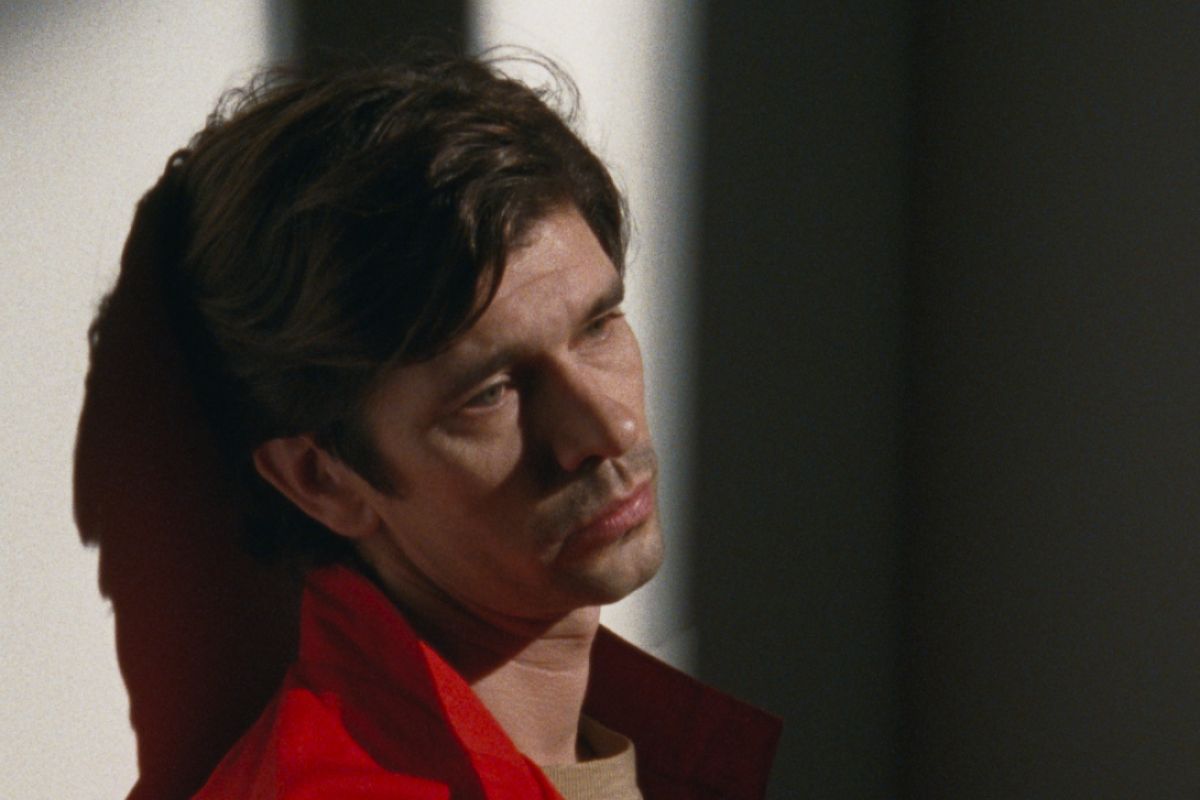
-landscape.jpg)
